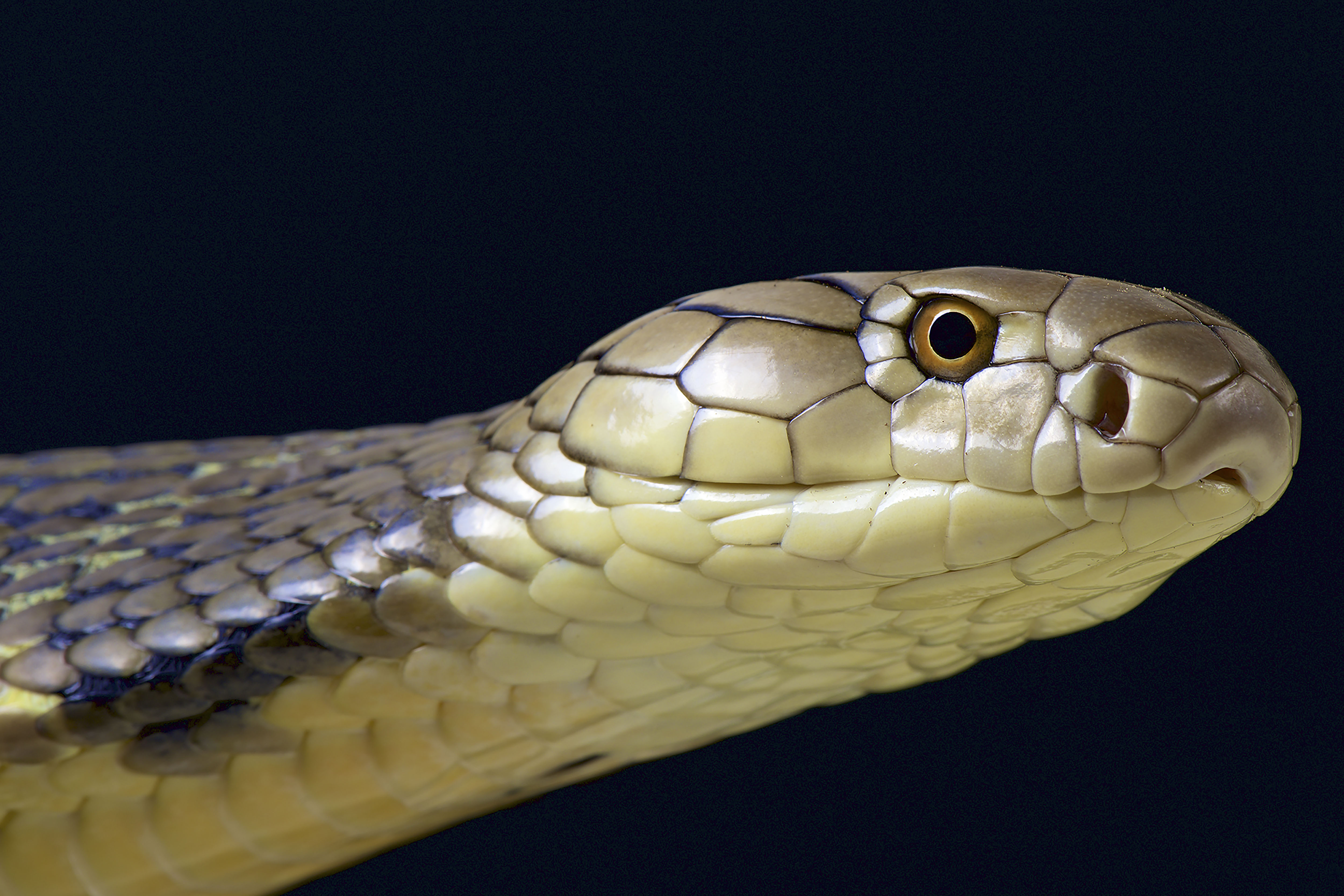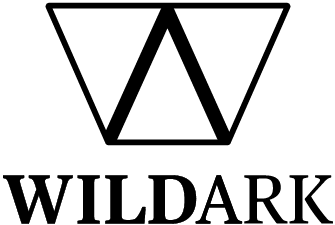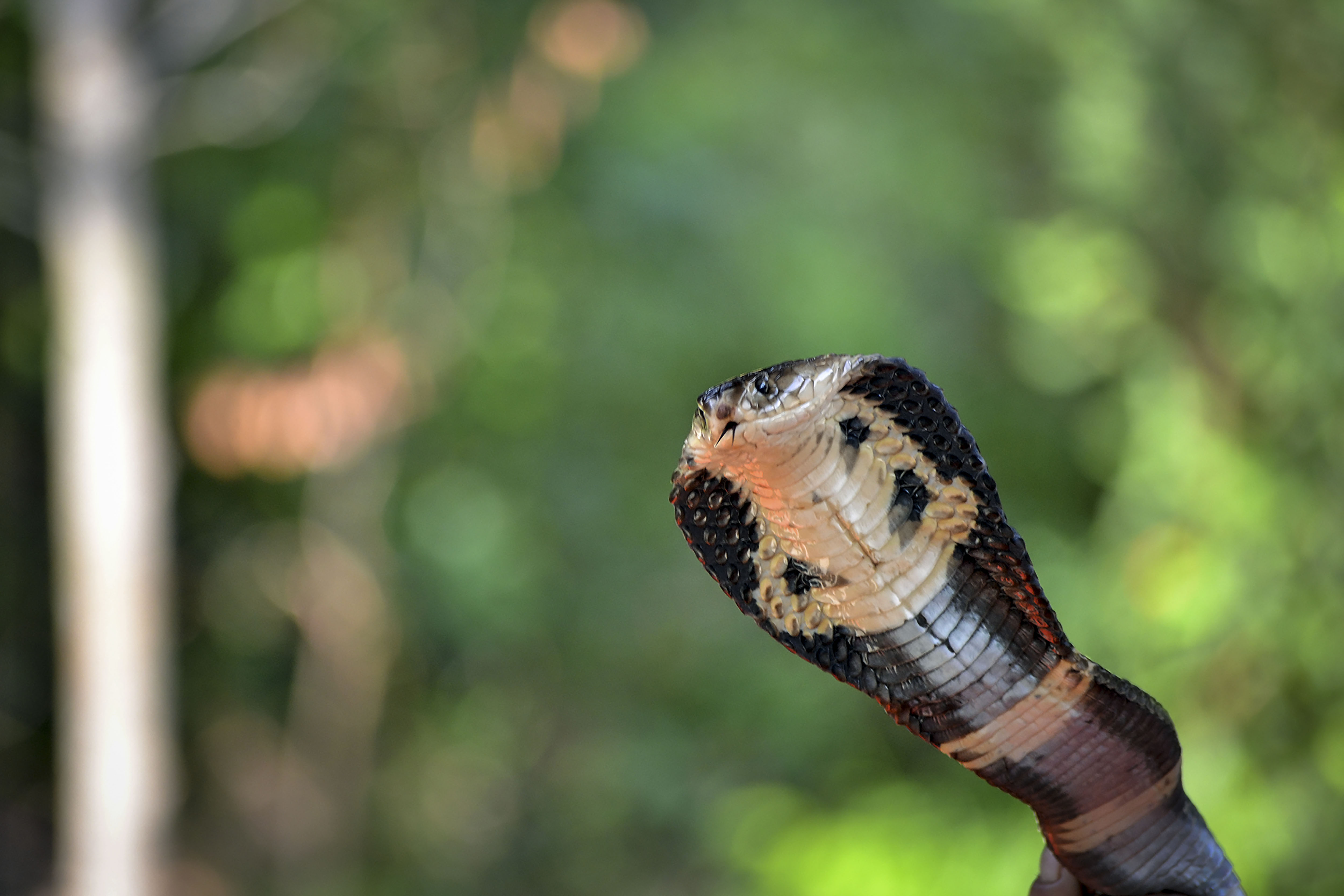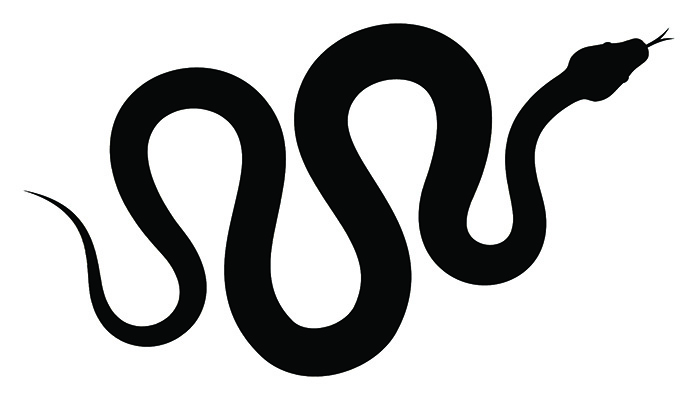King Cobra
(Ophiophagus hannah)
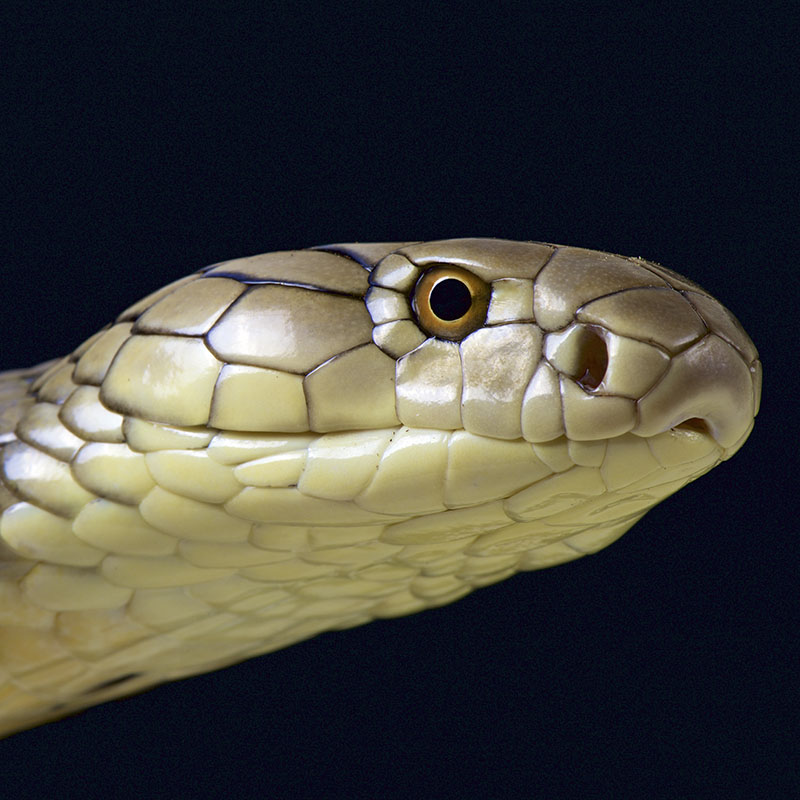
Sumatran Islands
Montane and Lowland Forests
STATISTICS
Length up to
5,4 meters
Weight up to
9 kgs
Lifespan
17 years
Diurnal - World's Longest Venomous Snake - Preys on Other Snakes - Raises Anterior Portion of its Body Off the Ground
The King Cobra lives in dense or open forests, bamboo thickets, dense swamps of mangroves, and some agricultural areas. The King Cobra is green, brown, yellow, or black, with a belly that is uniformly coloured or decorated with bars. When young, this species is jet-black in colour with yellow or white cross-bars on the body and tail.
The female King Cobra can lay anywhere between 21 and 40 eggs and is considered oviparous. She creates a nest pile using leaves and branches that rise in temperature through decomposition to incubate her eggs. Breeding usually occurs in the warm months of January through to April with the female guarding the eggs and the male remaining close by. During this period, the King Cobra is known to be very aggressive toward approaching humans, which further threatens the species due to persecution by humans who are afraid of snakes.
The venom of a King Cobra is very potent and is a strong neurotoxin which affects respiratory centres in the medulla of the brain, and may result in death from respiratory arrest and cardiac failure. A single bite releases enough venom to kill 20 people and survival is dependent on the location of the bite and the efficacy of medical assistance. However, this species prefers to escape unless cornered or provoked. The King Cobra feeds on mostly cold-blooded animals such as other snakes including Asian rat snakes, dhamans and pythons.
BIODIVERSITY BENEFIT
Prey Population Control
THREATS
Habitat Loss
Due to logging, agricultural expansion.
Traditional Medicine
Harvested for its skin, bones.
Illegal Wildlife Trade
Captured for the illegal pet trade.
PROTECT THE WILDARK 100
